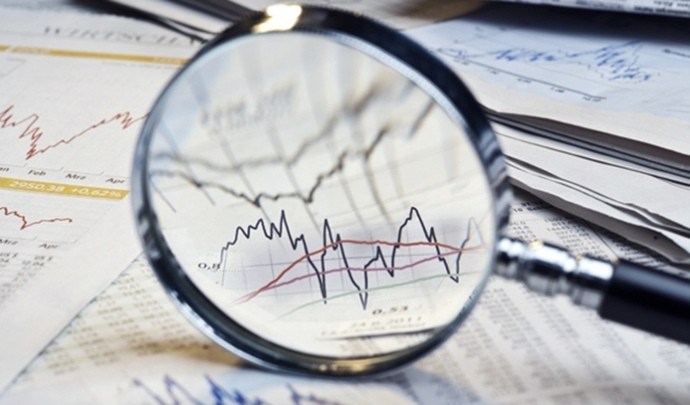
The greenback advanced against most risky assets, driven by the news that the US economy showed resilience at the start of the year, highlighting robust demand keeping inflation elevated, and putting strong pressure on the Federal Reserve.
According to yesterday's data, US retail sales rose in January to the highest level in almost two years. Manufacturing figures also turned out to be better than expected. Retail sales increased by 3% in January, hitting the highest level since March 2021, the Commerce Department said. Figures were not adjusted for inflation. All 13 retail categories rose last month, led by car dealerships, furniture stores, and restaurants.

Combined with Tuesday's inflation report, which showed higher-than-expected annual growth in consumer prices, these figures confirm that the US economy is rather strong despite the Fed's efforts to slow it down. Demand for goods and services remains high, supported by a sturdy labor market. All this makes inflation persistent and elevated.
Obviously, the Fed's most aggressive interest-rate hikes in a generation have not yet borne fruit, and policymakers have much more to do to combat inflation. Against this background, it is not surprising that many economists and investors expect much more aggressive moves from the Fed. They will ultimately push the US economy into a recession as the central bank's tight policy will cause serious damage sooner or later.
Some Fed officials have recently stressed the need for further interest rate increases. However, they expressed differing views about when these moves are to stop. Traders still see about a 50-50 chance of a quarter-point rate hike in June after increases of that magnitude in March and May. Some expect the average interest rate to peak around 5.3% by July this year.
As I noted above, much of this demand still stems from the strong labor market that underpins the Fed's fight against inflation. Last month, hiring rose unexpectedly and unemployment fell to a 53-year low, while average hourly earnings also recovered.
In the housing sector, homebuilder sentiment rose more than anticipated in February, driven by increased optimism about sales. Today's macroeconomic calendar includes several reports on the real estate market, which may also affect the dollar's dynamic. If building permits and housing starts prove to be better than economists' forecasts, it will become clear that a real turning point in the economy is still far away. To begin with, the Fed needs to hurt the real estate sector and cool it down before taking up the labor market. Despite the challenging last year and the rough start of 2023 for the real estate market, a consecutive monthly increase in confidence suggests cautious optimism about demand in the critical spring selling season.
From a technical point of view, the EUR/USD pair remained under pressure after statistics from the US were released. To stop a bear market, the price needs to return above 1.0720. In this case, the pair will have a chance of breaking through the 1.0765 area. Then the price is likely to climb to 1.0800 and probably 1.0840. In the event of a decline, bulls are expected to regain control of the market around 1.0670. If not, it is worth waiting for the price to fall below the low of 1.0600 before going long.
Speaking of the GBP/USD pair, bulls have not yet managed to take the lead. They still need to push the price above 1.2080. Only a breakout of this resistance level will raise hopes for a recovery to the 1.2130 area. In this case, it will be possible to count on a steeper rise in the British pound to the level of 1.2180. The trading instrument will come back under pressure in case bears take control of 1.2030. If the price breaks through this area, the volume of long positions will decrease. Thus, the GBP/USD pair will slide to 1.1990 and even 1.1930.